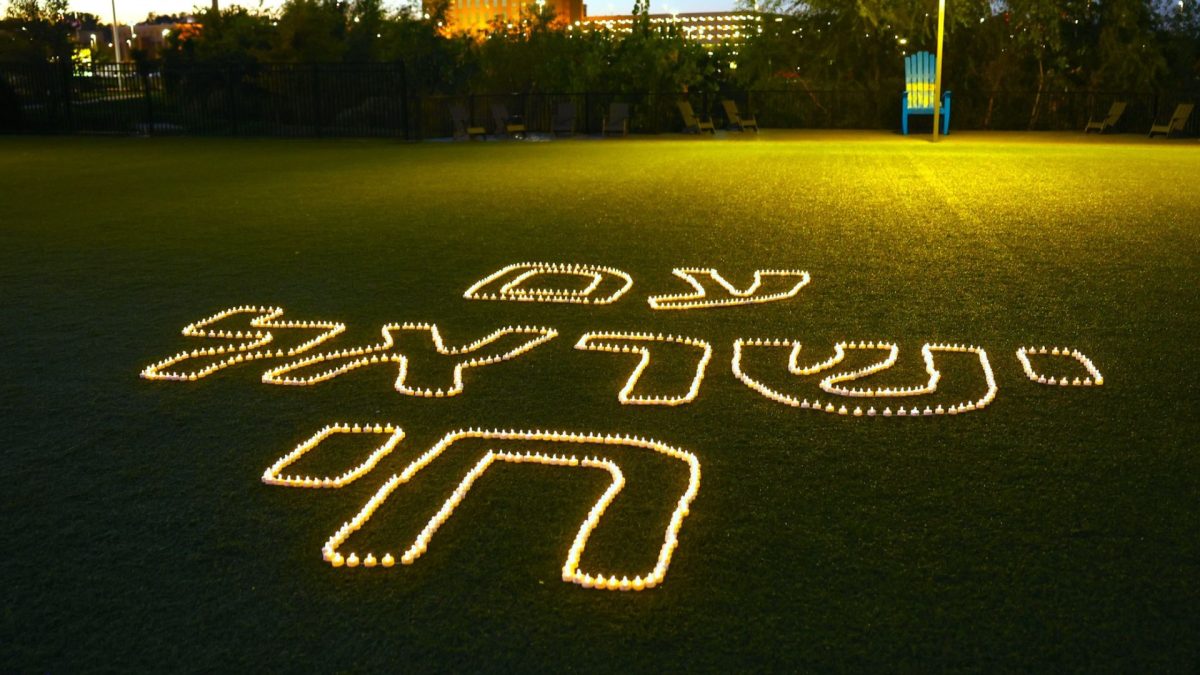As St. Louis continues to bake in these sweltering temperatures and high humidity, the Chief Dog In Charge at the Jewish Light, Ziggy has asked that we help share some tips on how to keep all his and your Jewish pets safe against the heat.
“Summer’s heat can be dangerous for your family pets,” said Ziggy. “My friends at the American Red Cross have sent me some tips to ensure all my four-legged friends stay safe this summer.”
Avoid Hot Cars
According to the Red Cross, the main thing all of us can do is not leave a pet in a hot vehicle, even for a few minutes. The inside temperature of the car can quickly reach 120 degrees even with the windows cracked open.
ADVERTISEMENT
Heat Stroke
Animals can suffer heat stroke, a common problem for pets in warmer weather. Dogs with short noses or snouts, like the boxer or bulldog, are especially prone to heat stroke, along with overweight pets, those with extremely thick fur coat,s or any pet with upper respiratory problems such as laryngeal paralysis or collapsing trachea.
Some of the signs of heat stroke in your pet are:
- Heavy panting and unable to calm down, even when lying down
- Brick red gum color
- Fast pulse rate
- Unable to get up
If you suspect your pet has heat stroke, take their temperature rectally. If the temperature is above 105 degrees, cool the animal down. The easiest way to do this is by using the water hose. Stop cooling the animal when the temperature reaches 103 degrees. Bring your pet to the veterinarian as soon as possible as heat stroke can lead to severe organ dysfunction and damage.
Keep your pet at their best:
- Give your pet plenty of exercise.
- Make sure your pet has plenty of fresh, cool water and shade.
- Make sure your pet has yearly checkups and is up to date on vaccines, especially rabies.
- Get your pet spayed or neutered.
- Keep dogs on leashes outside – another animal may be too much temptation.
- Know how to perform CPR and provide basic first aid until veterinary care is available.
Tips for pets to help their humans
- Prepare. Discuss heat safety precautions with members of your household. Have a plan for what to do if the power goes out.
- Dress for the heat. Wear loose-fitting, lightweight, light-colored clothing. Avoid dark colors because they absorb the sun’s rays. It is also a good idea to wear hats or to use an umbrella.
- Stay hydrated. Carry water or juice with you and drink continuously even if you do not feel thirsty. Avoid drinks with alcohol or caffeine, which dehydrate the body.
- Eat small meals and eat more often. Avoid high-protein foods, which increase metabolic heat.
- Slow down and avoid strenuous activity. If you must do strenuous activity, do it during the coolest part of the day, which is usually in the morning between 4 and 7 a.m. Take frequent breaks.
- Stay indoors when possible. If air-conditioning is not available, stay on the lowest floor out of the sunshine. Remember that electric fans do not cool, they simply circulate the air.
- Be a good neighbor. During heat waves, check in on family, friends and neighbors who are elderly or ill and those who do not have air conditioning. Check on your animals frequently, too, to make sure they are not suffering from the heat.
Know What These Heat-Related Terms Mean
- Heat cramps: Heat cramps are muscular pains and spasms that usually occur in the legs or abdomen. They are caused by exposure to heat and humidity, and loss of fluids. Heat cramps are an early signal that the body is having trouble with the heat.
- Heat exhaustion: Heat exhaustion typically occurs when people exercise heavily or work in a hot, humid place where body fluids are lost through heavy sweating. Blood flow to the skin increases, causing blood flow to decrease to the vital organs. This results in a form of mild shock. If not treated, the victim may suffer heat stroke. Signals of heat exhaustion include cool, moist, pale flushed or red skin; heavy sweating; headache; nausea or vomiting; dizziness; and exhaustion. Body temperature will be near normal.
- Heat stroke: Also known as sunstroke, heat stroke is life-threatening. The victim’s temperature-control system, which produces sweat as a way of cooling the body, stops working. Body temperature can rise so high that brain damage and death may result if the body is not cooled quickly. Signals include hot, red and dry skin; changes in consciousness; rapid, weak pulse; and rapid, shallow breathing.
General Care for Heat Emergencies:
- Heat exhaustion: Get the person to a cooler place and have him or her rest in a comfortable position. If the person is fully awake and alert, give half a glass of cool water every 15 minutes, and have the person drink slowly. Remove or loosen tight clothing and apply cool, wet cloths to the skin. Fan the person. Call 9-1-1 or the local emergency number if the person refuses water, vomits or loses consciousness.
- Heat stroke: Heat stroke is a life-threatening situation! Help is needed fast. Call 9-1-1 or your local emergency number. Move the person to a cooler place. Quickly cool the body. Wrap wet towels or sheets around the body. Use a water hose, if available, to cool the victim. Watch for signals of breathing problems. Keep the person lying down and continue to cool the body. If the victim refuses water or is vomiting or there are changes in the level of consciousness, do not give anything to eat or drink.

















